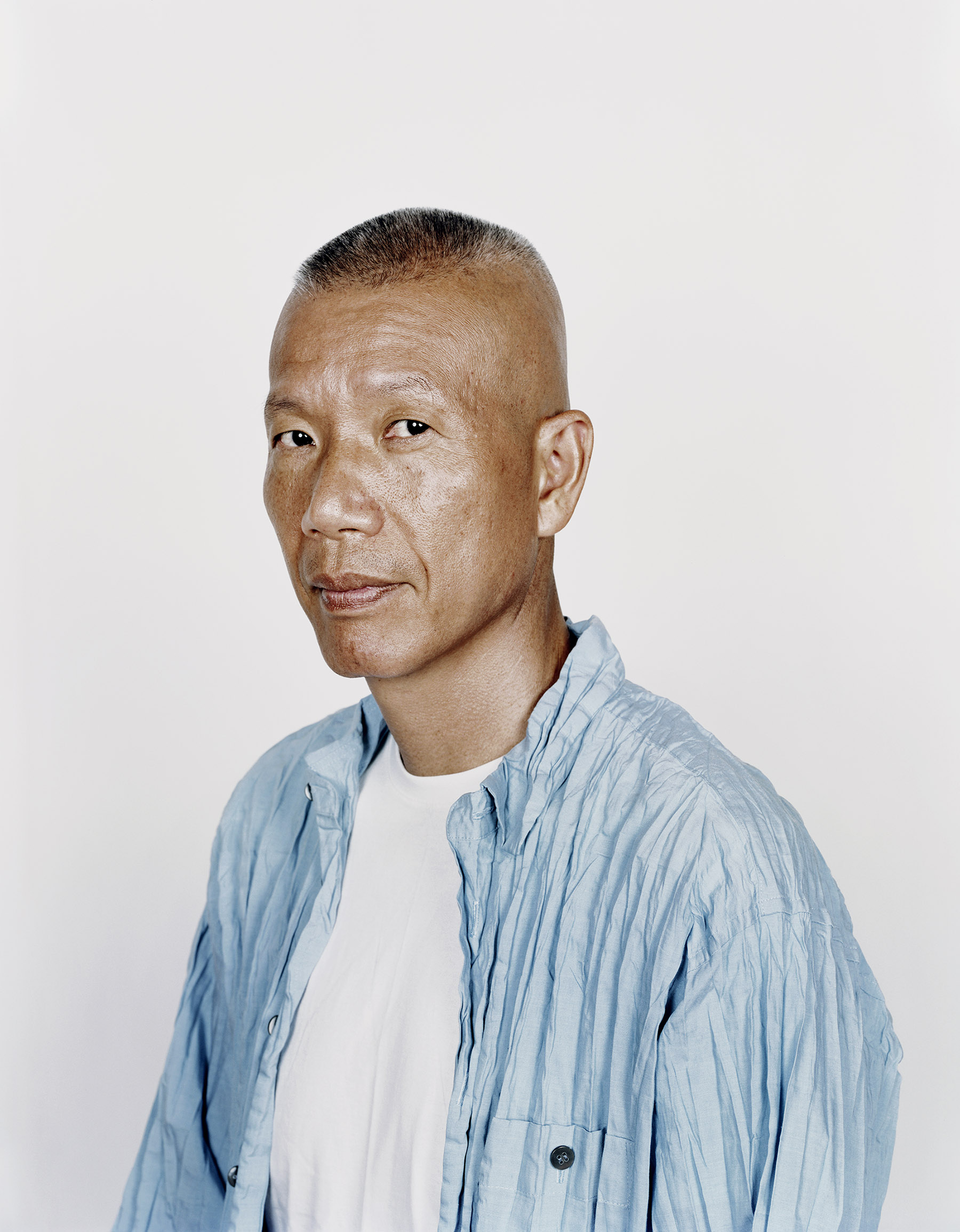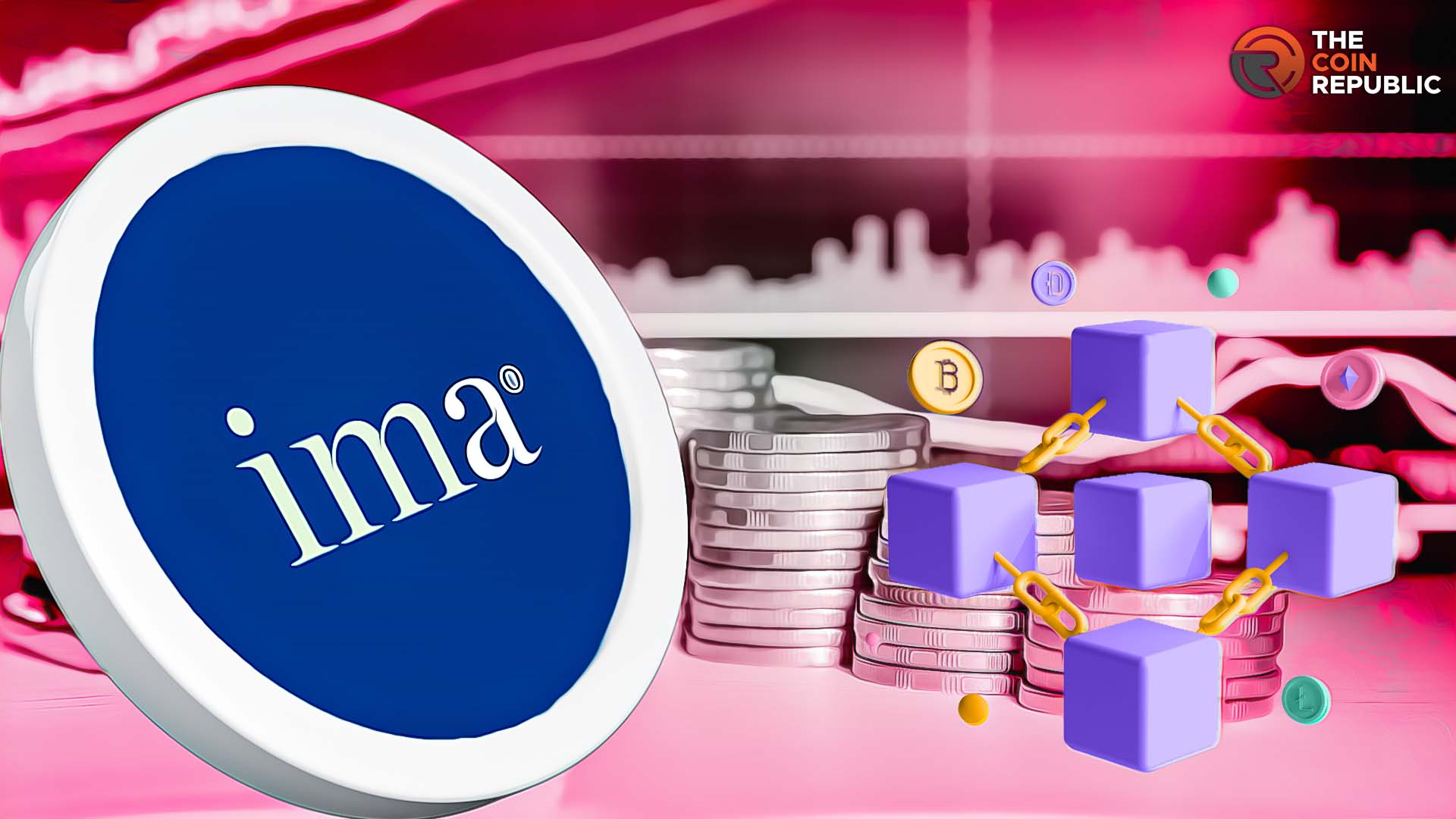Artist Cai Guo-Qiang’s transcendent new NFT project invites you to connect to an “Oracle That Lives on the Blockchain”

“The art world today,” in Cai Guo-Qiang’s estimation, “seems quite conservative.”
Between the intercultural conflict on the world stage, and the advancement of technology on the creative front, the field of art and culture, in the artist’s view, has not reflected the chaos of the contemporary state. And especially not “at a time when the world is strongly questioning the authenticity of time, actively pioneering in the virtual space and endlessly expanding our vision in cosmos.”
For Cai, confronting these issues requires invoking powers and realms beyond our reach—what he calls “the invisible world.”
“The more confusion we encounter, the more we need to tap into guidance from the unseen world,” he told Artnet News. “Such power transcends individuals, localities and different cultures. At this moment, it is especially important to continue the dialogue with the invisible world with a humble and questioning mindset.”
In May 15Cai will unveil such a bridge to the unknown with his fifth NFT project, EATor Exchange with extraterrestrials, realized in collaboration with the Web3 collective Kanon. The artist refers to it as “an oracle that lives on the blockchain”, the chat platform accepts all kinds of questions from users in the same way as a real fortune teller, and spits out answers in two different forms of tokens.
An EET fortune. Photo courtesy of Kanon.
One of them, called Gua, is a chart randomly generated by EAT based on physical input from users who are asked to press a button on a screen while waiting for the oracle’s response. The other is called EET Fortune, which functions as a “reading” containing a title and six verses. There are 64 basic formats of EET Fortunes, which can be developed into 4096 combinations, with random generation ensuring that no two readings are alike.
According to Cai, an EET Fortune is primarily intended to provide “a symbolic clue or guidance.” But if it turns out to be particularly opaque, an AI assistant trained in the textual content of EET Fortunes is available to help users interpret its meaning.
Both Gua and EET Fortunes will also be embossed and encoded as animated GIFs EAT the first NFT project to generate and chain the image format. The coin price is 0.065 ETH (about $119), although collectors who already own the artist’s NFTs will have access to free mints.
An EET fortune. Photo courtesy of Kanon.
The entire process involved in EAT takes cues from and mirrors the divination culture that Cai grew up with in his native Quanzhou, in southeastern China. He was referring to the Chinese practice of divination kau chim, in which a seeker at a temple shakes a tube of bamboo sticks, each inscribed with a number, until one randomly falls out. The number on that stick will then be matched with a written fortune, which can be further clarified by a monk or priest.
EATas Cai put it, “restores the behavioral and psychological process of kau chim in temples, only this time everything happens on the blockchain and the virtual world.”
This is hardly Cai’s first attempt to reach the invisible world. However impenetrable, the unknown is threaded through his practice – from his series “Projects for Extraterrestrials” (1989–), which includes around 30 works, including his famous gunpowder paintings, illustrating his fixation with the cosmos; to Sky ladder (2015), his long-lasting sculpture to “connect the earth to the universe.”
Cai Guo-Qiang, Crop circles (2012). Photo: Wyatt Conlon, courtesy of The Museum of Contemporary Art, Los Angeles.
Lately, the new technological frontier has represented as much an unseen world for Cai. If he reproduces his fireworks in VR or last, train an AI program in his work, the artist has sought to put his art in dialogue with technology. “The future,” he said, “is moving toward the integration of the virtual and the physical.”
“It’s all just started, and I’m in no rush to jump to a conclusion or make a valuation, because everyone is exploring,” he said of the new technologies. “But at least, as the old Chinese saying goes, ‘lose at sunrise but win at sunset.’ Experience and exploration online will lead to changes in my art in the physical world.”
Cai Guo-Qiang, Sky ladder (2015). Photo: Wen-You Cai, courtesy of Cai Studio.
NFTs and the blockchain have been particularly fascinating to Cai. As the Kanon team reflected in a statement: “As we evolved EATthe questions Cai would ask us and the direction he gave made us realize that he understood the potential depth of the medium much better than we did.”
Since 2021, Cai has embarked on a steady series of blockchain projects – starting with Transient Eternitycommissioned by Shanghai’s Rockbund Art Museum – which has grown in ambition, increasingly leaning into the unique properties and utility of NFTs.
Toe Your daytime fireworks display (2022), made in collaboration with the NFT platform TRLab. The project offered 7,000 fireworks pack tokens that collectors could “set off” on a day and time of their choosing to reveal one of 90 artworks, which varied according to real-world environmental conditions. While doing so, collectors got to experience Cai’s process, from the planning involved to the anxiety and anticipation he feels before setting off his own fireworks. It created what the artist called a “live experience”.
This interactive and participatory aspect is also driving EAT, right down to the creative process that gave birth to it. The project, Cai recalled, was hashed out in Zoom meetings between his studio and the Kanon team, working across time zones and geographic divides. It gave the artist a whole new way of working, he said, “realizing projects through online communication with a group of friends I’ve never met.”
“What is interesting is that we create an interactive work that bridges the gap between the virtual and the physical world, while our communication channel and creative methods, which defy the physical boundaries and the geographical distance between us, are in themselves part of the work ,” he continued. “This is a new artistic methodology caused by new social forms.”
But while Cai has embraced the changes that technology has brought to art, he continues to weigh these expanded possibilities. Will NFT ever come into its own as an art form? Could his faith in new technologies be “too ambitious” – or “too small”?
When asked how he sees his blockchain works expanding his practice, he wondered if such digital advances, “including the so-called ‘metaverse,'” could ever “solve the problem of art? Same with the problem of creativity.”
But, as if retreating, he added: “Creativity is not replacing oil paint with NFTs.”
Follow Artnet News on Facebook:
Do you want to be at the forefront of the art world? Subscribe to our newsletter to get the latest news, eye-opening interviews and sharp critiques that drive the conversation forward.

























